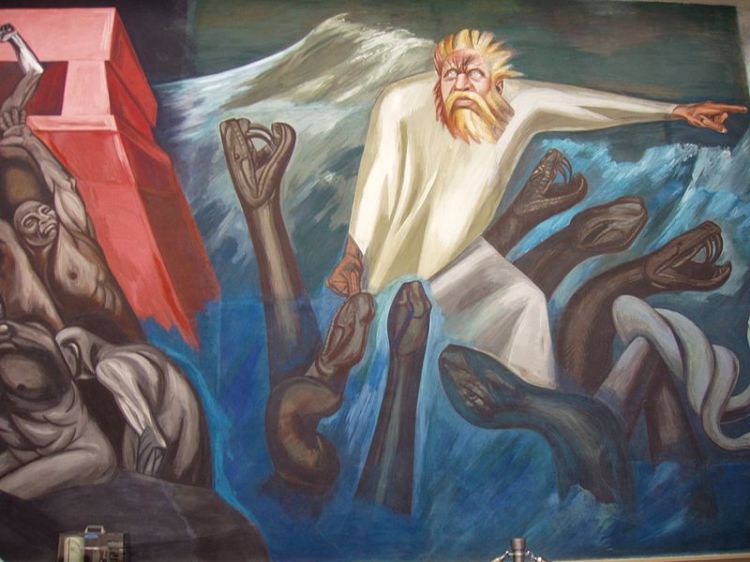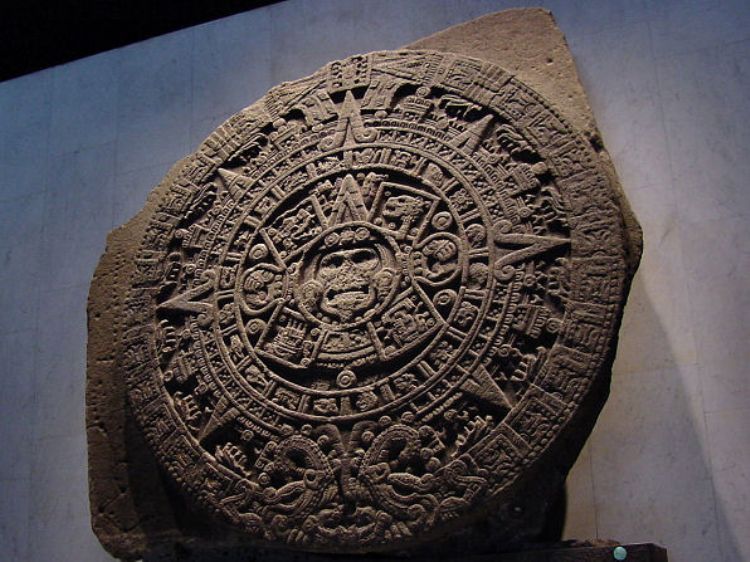
About Tijuana
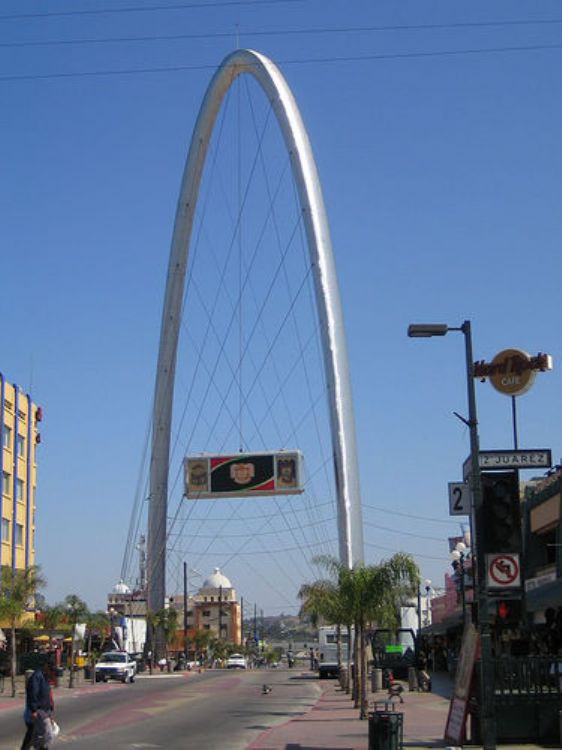
Tijuana is located in the north of the Mexican State of Baja California and borders with the neighboring country of United States, it is also the Latin American city farthest west in our territory; this is why Tijuana is known by its famous phrase "âThe nation starts here"â. The origin of its name isn't well defined, but it is believed to come from the Spanish version of an Indian word written in 1809 in the baptism book of San Diego, where it states the baptism of an Indian "âfrom the farm of tía (aunt) Juana"â. Today, Tijuana is a city with an accelerated growth and development, somewhat dimmed by the image associated to drug trafficking and violence originated for its strategic position, because it is the corridor to the world's largest drug market.
The current territory of Tijuana was initially inhabited by the kumiai (k'miai), one of the first Indian families occupying the territories on the north of Baja California Peninsula. According to the historic data obtained in the last years, it is said that the first white man (of European origin) to step of Tijuana land was Friar Junipero Sierra in 1769. Also, as we have mentioned, it is believed that during the following years, because of the Spanish version of an Indian word, emerged the word Tijuana, the first official record citing this name dates from 1809, making reference to the baptism of a native from "âthe farm of aunt Juana"â.
Twenty years later, the then governor of California, Jose Maria Echeandia, granted the property titles of the territories from "âthe farm of aunt Juana"â to Don Santiago Argüello, but it wasn't until 1848, after the United States Marine started to invade California, and in view of the great inequality regarding military power, that Mexico was obligated to sign the Guadalupe-Hidalgo Treaty to avoid continuing a war that would lead to a great catastrophe. Through such treaty, Mexico handed over to the United States more than half its territory (Alta California, New Mexico, Arizona and Texas), originating what we now know as Baja California and Tijuana inside.
As a result, part of the territory that continued being part of Mexico became the border with Untied States, which set the basis of its development and evolution up to what we now know as Tijuana. Afterwards, in 1864 the first judge was appointed and in 1874, 10 years later, the Border Customs House was established. Finally, on the 11th of July 1889, the heirs of Don Santiago de Argüyello and Agustín Olivera celebrated a judicial agreement that set the basis for the development of the future population, now considered the foundation of Tijuana. By then, the population of Tijuana was little more than 200 persons, but due to the Alcohol Abolition Law established in the United States in 1920, which prohibited selling alcohol within its borders, this city as well as many other border towns started to have an accelerated development, calling for a quick migration, swiftly multiplying its population density. It is worth highlighting that this vertiginous development didn't only happen around activities related to alcohol, such as gambling, but also in sectors of education and family tourism.
Also, the accelerated economic, education and infrastructure development has guided the municipality of Tijuana to concentrate nearly 76% of population from Baja California and to be one of the largest in Mexico, by having a population of nearly a million and a half and still presenting a continuous growth. The territory of the municipality extends over more than 1,700 square kilometers, generating a population density higher than 1,400/Km.2
Men and women have equal participation in the number of inhabitants, and according to the INEGI Poll in the year 2000, its economically active population is close to half a million, which is practically considered completely employed, mainly in secondary and tertiary sectors. To all of this we must add the floating population living in this area due to the migration to United States, as well as the 19 million tourists per year that cross this city for the growing commerce and tourism between both countries.
The area's main activity is commerce, for the great amount of operations and the waterfall effect of this activity in the rest of economy, by generating great amounts of jobs and money. The second most important activity is services, being the most important branches tourism and education, which have a modern and sufficiently vast infrastructure for satisfying the area's great growth.
Finally, we must mention that its strategic location has set the bases for the development of this municipality, this same reason has allowed national and international mafias to turn Tijuana into one of the main corridors of access to the North American drug market, with a negative repercussion on Tijuana's image, almost always appearing in the media in relation to drug trafficking and violence, although the intentions and development of the people from Tijuana are very different from those illicit activities and offer many opportunities for its inhabitants and visitors.
Articles Releated with Tijuana

.jpg)
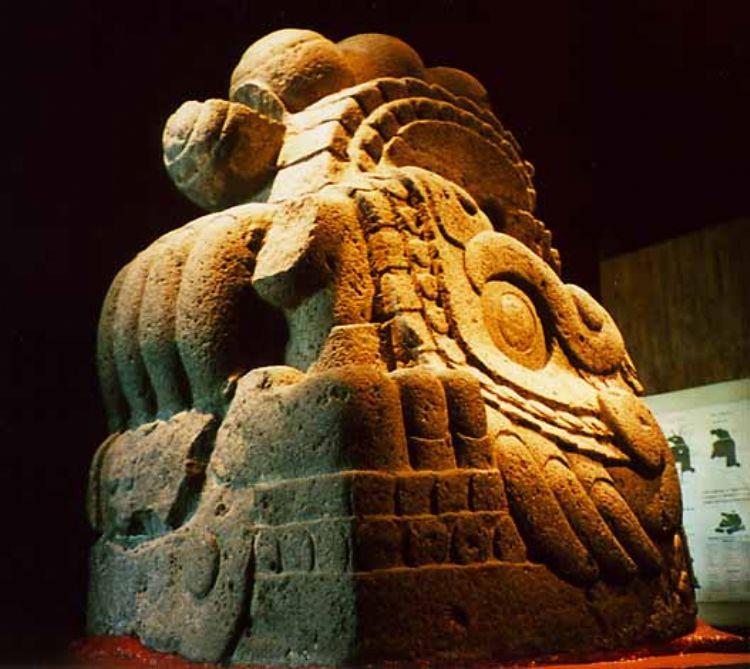
The Mexica Civilization and their Sculptures
The Mexica called themselves original from the mythologic...
.jpg)
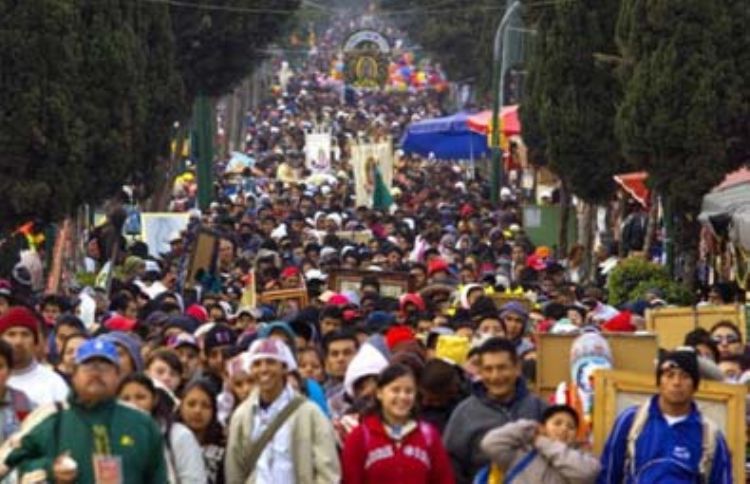
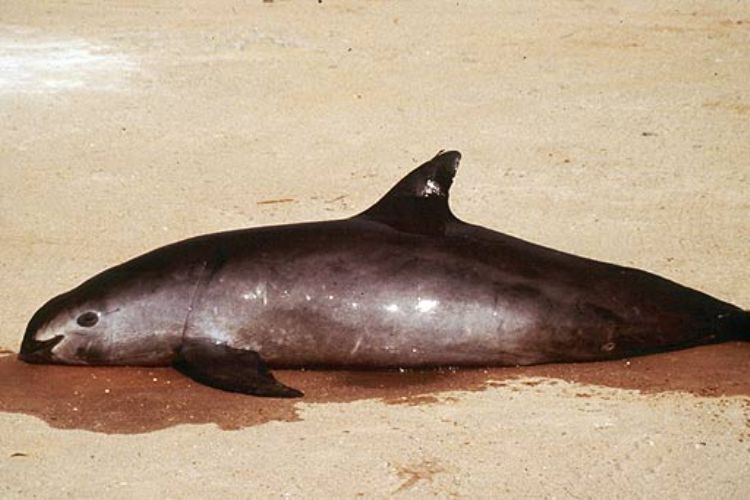
Endangered Biodiversity in Mexico
The United Mexican States are characterized by their dive...
Most Viewed
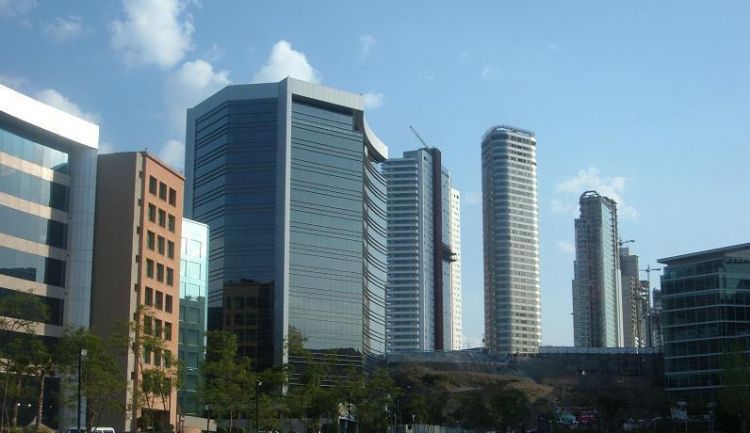
What forms Mexicoâs Gross Domestic Product?
Gross Domestic Product (GDP) is the total monetary value ...
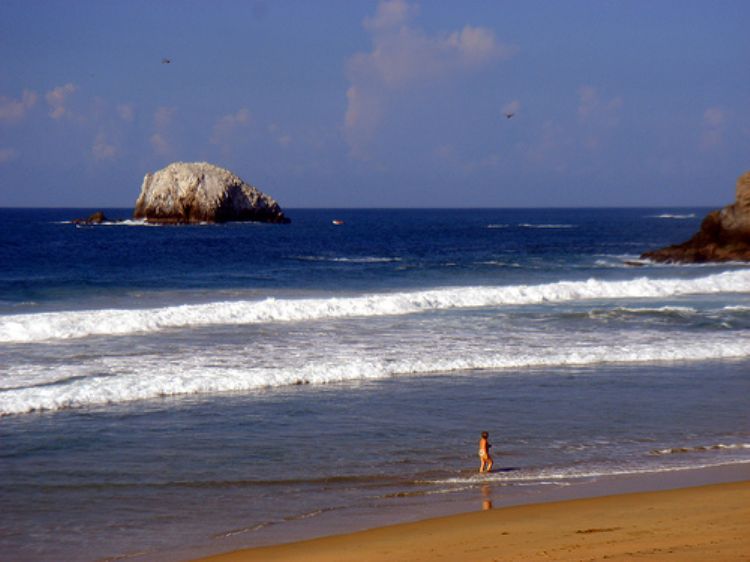
Huatulco's Potential for Tourism
The Bays of Huatulco were a sacred site for prehispanic M...
